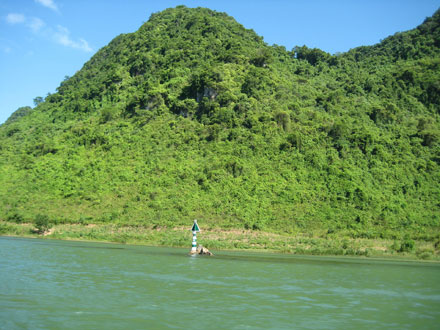
Restoring deforested and degraded forest landscapes has become an urgent policy priority. Source: Timberbiz
The disappearance and degradation of forests around the world is impacting biodiversity, livelihoods, economic growth and climate change resilience.
As world leaders and other stakeholders convene for the United Nations Biodiversity Conference in Cancún, Mexico, the Center for International Forestry Research (CIFOR) co-organized a one-day side event with a focus on forest landscape restoration.
Forest Landscape and Ecosystem Restoration Day was held at the Rio Conventions Pavilion on 13 December 2016.
Scientist Manuel Guariguata, team leader of CIFOR’s Forest Management and Restoration program, presented the latest research on participatory monitoring approaches for forest landscape restoration, published on the day of the event.
The side event was co-hosted by CIFOR as part of the Collaborative Partnership on Forests (CPF), which includes the Convention on Biological Diversity (CBD), the UN Convention to Combat Desertification (UNCCD), the International Tropical Timber Organization (ITTO), the International Union on Forest Research Organizations (IUFRO), the International Union for Conservation of Nature (IUCN), the Food and Agriculture Organization of the United Nations (FAO) and the Global Environment Facility (GEF).
A team of CIFOR scientists presented on a range of other topics at the conference, drawing attention to the connections between forest landscapes and agriculture, food security, livelihoods, gender equity, climate resilience and biodiversity.





